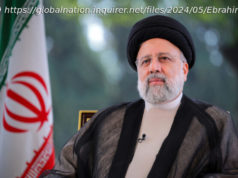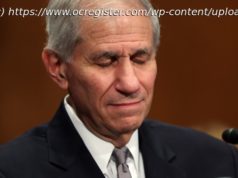Just as Wall Street has started to become hopeful, if not giddy, about the potential for artificial intelligence to boost corporate Americas productivity.
Just as Wall Street has started to become hopeful, if not giddy, about the potential for artificial intelligence to boost corporate America’s productivity in inestimable ways and Hollywood has become despondent about the impact for what the technology might have on its “creatives,” the organized labor movement in the United States seems to be having something of a renaissance. This is after the ranks of private sector union membership as a share of the total labor force has dropped steadily from the 1970s, when it approached 30%, to a mere 4.5% today. In fact, there are now more public sector union members (teachers, cops, firemen) in the U.S. than there are members of private sector unions.
Many people know who Randi Weingarten, head of the United Federation of Teachers, is but it would be shocking if more than one MBA in a hundred could name the head of one of America’s largest labor unions. Given the stunning concessions Teamsters Union President Sean O’Brien just negotiated for his members with UPS, that may be about to change. (Mr. O’Brien will not hesitate to tell you that his initials are SOB).
In a forensic exercise to determine the sources of the resiliency of the American economy in the face of a rapid and forceful tightening of monetary policy, we came to the conclusion that companies were loath to lay off workers they had fought so hard to hire despite an erosion in profit margins. The absolute levels of corporate margins as measured by the S&P 500 and the National Income and Product Accounts remain near all-time highs.






